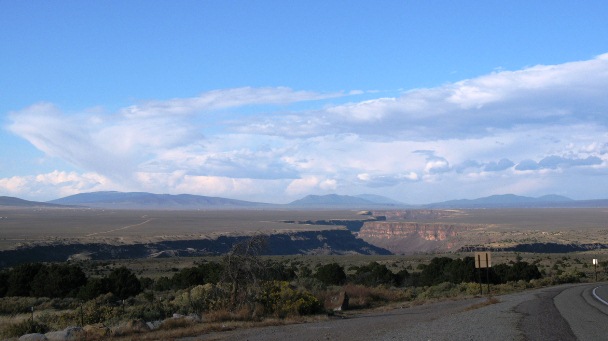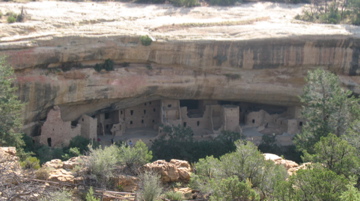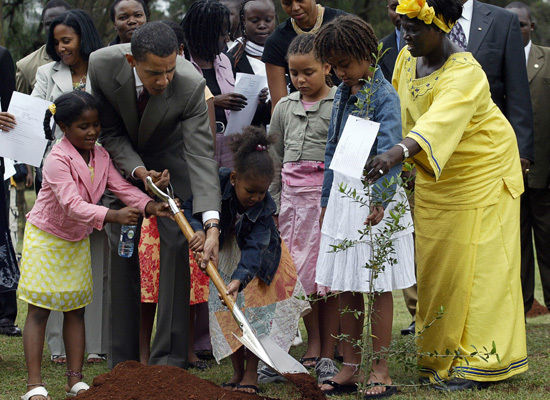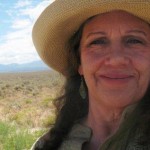Living in the Southwest
More and more, it’s all about the water
By Laura Merrill
“When the well is dry, we know the worth of water.” Benjamin Franklin, Poor Richard’s Almanac, 1746
It’s monsoon season here in New Mexico. We all look forward to those summer storms. Nearly half our yearly rainfall comes in less than three months.
For at least two months before the rains come in July, a dry wind blows. A very dry wind … all day … almost every day, parching the land and the sagebrush-covered hills, and turning the forests into tinder-boxes.

Rio Grande Gorge, by Laura Merrill
The Southwest is in the middle of a period of severe drought, which many scientists predict will last for much of this 21st century.
A few years ago, we also had a bark-beetle outbreak, which left nearly 3.5 million acres of dead and dying piñon, juniper and ponderosa pine in its wake. That’s a lot more fuel for forest fires, so it’s a matter of when, not if.
Many scientists say that the drought is part of the ongoing climate change; others point to historical records proving that long periods of drought are part of the natural cycle.
 The ancient cliff-dwellers of places like Mesa Verde and Chaco Canyon, inhabited the Four Corners area for some 2,500 years before suddenly abandoning the region. Nobody is quite sure exactly what happened, but indications are that they left because of an extended period of drought and shrinking resources which led to social upheaval.
The ancient cliff-dwellers of places like Mesa Verde and Chaco Canyon, inhabited the Four Corners area for some 2,500 years before suddenly abandoning the region. Nobody is quite sure exactly what happened, but indications are that they left because of an extended period of drought and shrinking resources which led to social upheaval.
Their population, however, was very small, compared to ours today. Nor did those ancestral Pueblo people didn’t have flush toilets and golf courses. When life got too tough, they migrated.
We’re migrating, too, but in the opposite direction. As the resources of the region shrank, they moved out. We, on the other hand are still moving in. From 1900 to 1990, while the population of the United States as a whole grew by 225 percent, the population of the Southwest increased by a whopping 1,500 percent. And in the last 20 years, more people than ever have moved. (I guess that includes me!)
People want space, and that old cowboy ideal of “freedom.” But the reason there’s so much space out here: These semi-arid lands can’t support lots of us humans with all our preferred lifestyles.
So, both historically and currently, water has been a big issue in the Southwest.
We’ve certainly found many ingenious ways around the problem, creating artificial oases; tapping the great rivers and diverting their resources to the point where they’re a mere trickle by the time they reach the ocean; and digging deep wells hundreds, even thousands, of feet down, to access groundwater. Water consumption by the average North American is reckoned to be about 120 gallons per day per person — even in the desert. And it’s not getting replaced anywhere near fast enough.
Beyond that, there’s the whole issue of deforestation.
A forest takes water from the ground, releasing 99 percent of it into the atmosphere, creating more humid air, which then creates more possibility of rain. And the forest litter, stems and root systems slow down surface runoff and change the soil (top-dressing and mulch, for you gardeners), which allows it to hold more water. Cut down the forests – here in the Southwest we’re talking mostly about the pine forests at higher elevations – and you add to the drought … which dries out the trees … attracts those bark beetles … who kill more trees … and the deadly cycle continues.
The future of the Southwest, just a few decades from now, is uncertain, but here, at least, are two simple things all of us can do to help:
 First, pay attention to the water you use. Don’t leave the faucet running while you do something else. Turn it off. Get a low-flush toilet, which uses 1.6 gallons per flush, rather than 5 or 6 (at an average of 4 flushes per day per person x 300 million … you do the math). Replace your shower-head with a water-conserving one. (Do the same with your dishwasher, washing machine, etc.) If you have a lawn, think about replacing some or all of it with a xeriscape garden – i.e. with plants that don’t need much watering to survive.
First, pay attention to the water you use. Don’t leave the faucet running while you do something else. Turn it off. Get a low-flush toilet, which uses 1.6 gallons per flush, rather than 5 or 6 (at an average of 4 flushes per day per person x 300 million … you do the math). Replace your shower-head with a water-conserving one. (Do the same with your dishwasher, washing machine, etc.) If you have a lawn, think about replacing some or all of it with a xeriscape garden – i.e. with plants that don’t need much watering to survive.
Second, plant a tree. Plant several trees! Just make sure that what you plant will grow where you live. (Don’t go exclusively by hardiness zones.)
Even if you rent an apartment, you can find places to plant trees. It doesn’t have to be in your yard. Many local and state governments have reforestation programs in which you can participate. Or if you live in a large city, get involved in community or rooftop gardens.
Small steps to take, maybe, but lots of people muttered that recycling wouldn’t make a difference, either.
~~~~~~~~~~~~~~~~~~~~~~~~~~~~
 Laura Merrill is an artist, living off-the-grid, in a strawbale house on the high mesa near Taos, New Mexico.
Laura Merrill is an artist, living off-the-grid, in a strawbale house on the high mesa near Taos, New Mexico.
She has six cats, and lives amongst a variety of wildlife including coyote, pronghorn antelope, elk, endless bunnies and jackrabbits, ravens, mountain bluebirds, rattlesnakes, and tarantula. The cats stay in, everything else stays out.
She has worked in stained glass for 25 years, with a specialty in animal and mythological themes, and is now concentrating on writing a series of books about trees that will contain a number of her original drawings.
